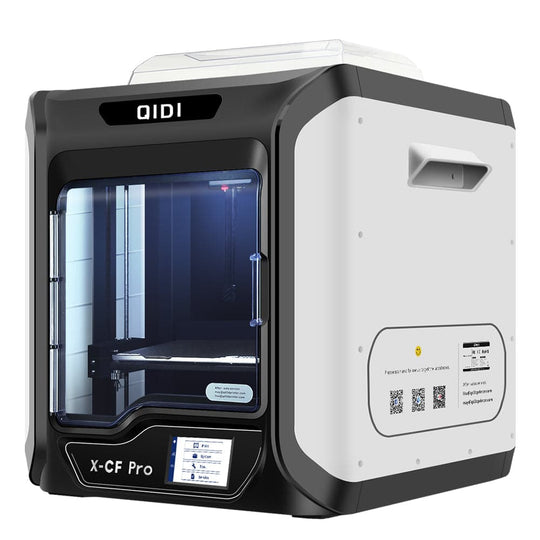Fused Deposition Modeling (FDM) is one of the most popular methods of 3D printing, widely used across various industries. But what is FDM 3D printing? This technology involves the layer-by-layer deposition of thermoplastic materials to create three-dimensional objects. In this article, we will explore the intricacies of FDM 3D printing, its applications, and its advantages.

What is FDM 3D Printing?
At its core, FDM 3D printing utilizes a process where a thermoplastic filament is heated to its melting point and extruded through a nozzle. The printer moves in a precise manner, depositing the melted material onto a build platform. As each layer cools, it solidifies, forming a robust structure. This method is particularly favored for its simplicity and cost-effectiveness.
The FDM Printing Process
The FDM printing process can be broken down into several key steps:
- Designing the Model: The first step involves creating a 3D model using CAD software.
- Slicing: The model is then sliced into thin horizontal layers using slicing software, which generates the G-code for the printer.
- Printing: The printer begins the layer-by-layer construction, extruding the filament as it moves.
- Post-Processing: After printing, the object may require cleaning or finishing touches to enhance its appearance.
Applications of FDM 3D Printing
FDM 3D printing is utilized in various fields, including:
- Prototyping: Rapid prototyping allows designers to create functional models quickly.
- Manufacturing: FDM is used for producing end-use parts in industries like automotive and aerospace.
- Education: Many educational institutions use FDM printers to teach students about design and engineering principles.
- Healthcare: Custom prosthetics and dental models are increasingly being produced using this technology.
Benefits of FDM 3D Printing
There are several advantages to using FDM 3D printing:
- Cost-Effective: FDM printers are generally more affordable than other 3D printing technologies.
- Material Variety: A wide range of thermoplastic materials can be used, including PLA, ABS, and PETG.
- Ease of Use: FDM printers are user-friendly, making them accessible for beginners.
- Scalability: FDM technology can easily scale from small projects to larger production runs.
Conclusion
In summary, understanding what is FDM 3D printing is essential for anyone interested in the world of additive manufacturing. This technology not only offers a practical solution for creating complex designs but also opens doors to innovation across various sectors. If you are considering investing in an FDM printer, explore options available at to find the right fit for your needs.








